Are plug-in manufacturers running out of ideas?
Any DAW user has pondered the question at some stage: How much room is there still for innovation? The world of effects plug-ins and virtual instruments has become overloaded with choices. So many are emulations of classic hardware, and very few provide features that aren’t covered by your DAW’s native plug-in suite. Are plug-in manufacturers running out of ideas?
In the beginning…
A new broom sweeps clean, as the saying goes. Without a doubt, this applies in the case of software plug-ins. As soon as they became a feasible solution for signal processing and sound generation, there wasn’t a studio that didn’t jump at the idea.
Over the course of the 1990s, we saw personal computers developing at a rapid rate. From clunky auxiliary tools, they became the center of the modern studio. Multimedia workstations with graphics and audio capabilities became more accessible and affordable than ever before.
Meanwhile, alongside the IT boom, established audio manufacturers like Steinberg and Emagic expanded sequencer software into DAW systems capable of processing both MIDI and audio. Plug-in interface standards such as VST paved the way for so many virtual instruments and effects across the various platforms.
Plug-ins in modern music production
If we look at how music is produced today, there isn’t a studio that doesn’t run DAW software in one form or another. Working outside of a DAW has become something of a retro novelty.
Although conversations surrounding sound quality when working in the box were common initially, things have moved on. It’s no longer surprising to encounter productions made completely on software, either in the studio or at home.
As music software evolved, so did its emulation capabilities along with hard disk recording. Plug-ins had new purposes, but also a new market. The technical innovation behind software democratized music production tools for good.
Not only are plug-ins more affordable, but they are more accessible to beginners which means a far wider global user base.
Are plug-in manufacturers running out of ideas?
The plug-in market certainly never stagnates. Manufacturers constantly release new plug-ins and update older ones, so it sure keeps us busy. On top of this, there are new manufacturers coming out all the time with their own takes on design. Trends seem to repeat themselves in an endless cycle, and the market becomes increasingly saturated as a result.
New and groundbreaking ideas are not easy to come by. EQ plug-ins, for example, seem to become more homogenized by the minute. The interfaces show a true balance of function and usability, which is hard to improve on. In addition, effects and synthesizers struggle to display much in terms of innovation because most of the concepts have been exhausted by now.
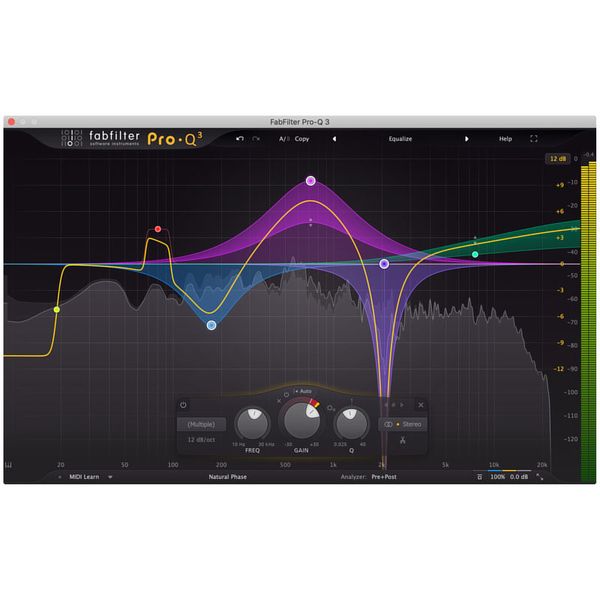
However, there is still room for growth and new ideas, for a few reasons. As technology advances, the processing power available becomes even greater. Having new CPUs on the market means plug-ins have expanded capabilities. The result is software with more complex algorithms, which for example, can produce more detailed analogue emulation.
At the moment, the incorporation of AI and machine learning functionality is becoming increasingly popular within software interface design. This allows processing functionality, especially in the backend, that could not be fathomed only a few years ago.
Technical advances require updates
One thing that can work against plug-in developers, is the incessant rate at which new processors and operating systems are released on the market. So many formats have become obsolete as a result, and this is likely to continue.
At the moment, we are experiencing the migration from Intel to Apple silicon processors which requires compatibility. This leads to plug-ins becoming redundant legacy software without support in most cases. To add to this inconvenience, the new plug-in versions often require new licenses which adds to the overall cost of upgrading your system.
The only silver lining is some manufacturers like Audio Damage have made their entire legacy plug-in catalogue available for free. This is certainly a bonus for legacy OS users.
Progress is not only evident in processors, but in other areas too. Multi-channel and immersive audio formats are good examples of this. Acoustic calibration tools for speakers and headphones, as well as room emulation plug-ins, are constantly being released. Recently, this has brought multi-channel support to the already saturated effects plug-in market.
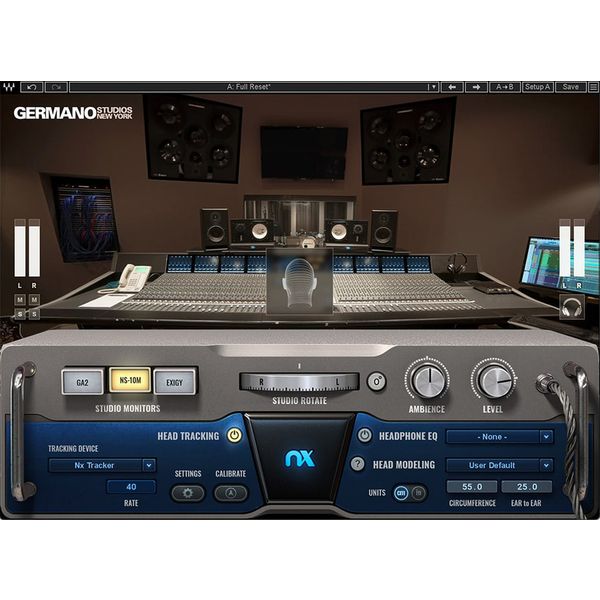
Evolution instead of innovation?
Rather than becoming more versatile, we are seeing plug-ins become more specialized. Plug-ins that perform a specific technical function like noise reduction have improved drastically. Here, trends within popular music affect developments. The desire to get “that sound” becomes the driving force behind tools for sidechaining or vocal pitching.
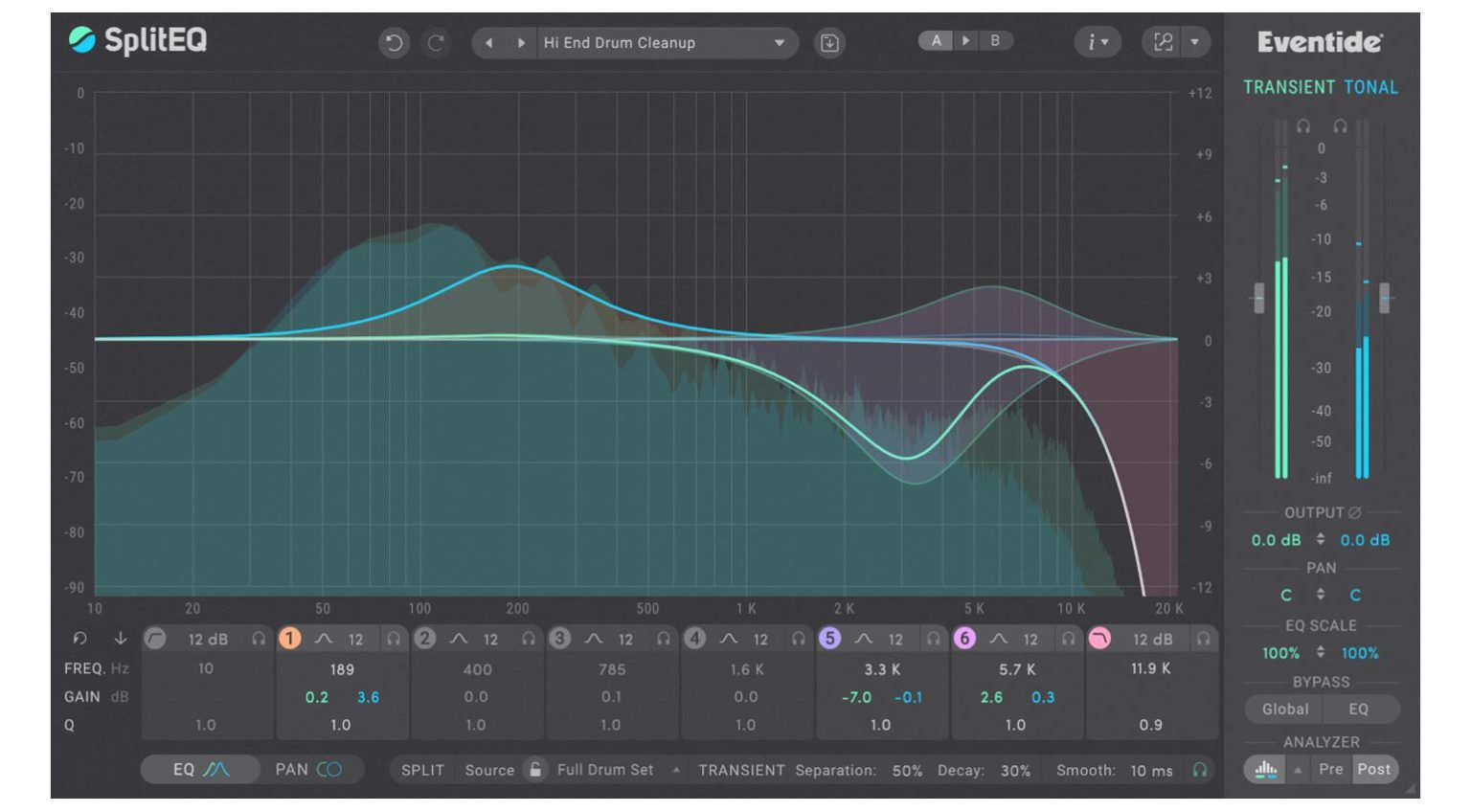
Eventide SplitEQ combines frequency and transient processing · Source: Eventide
Sometimes innovation happens in the form of an amalgamation of older concepts. This often results in a “one-knob” interface design. Here, you can control a series of processes to varying degrees, with a single knob.
We can also see the expansion of more detailed interfaces, as within a multi-band distortion plug-in where each individual parameter can be precisely controlled. In the future, there is great potential for hybrid plug-in designs.
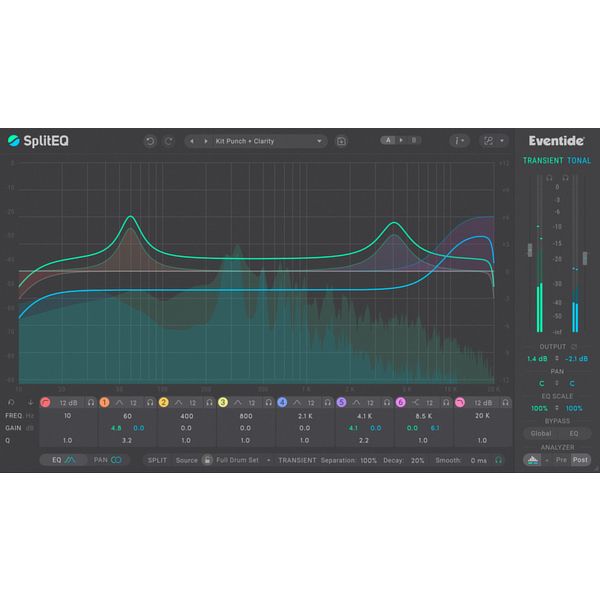
Repetition is a recurring theme
Never forget that UI design and programming is a very diverse art form. There isn’t a right or wrong way to produce the results you need in your music, only the way that works for you.
Some software is more focused on the sonic potential, while other developers put the visual interface first. Most often it is the unique approach of the user that brings notable results. There is no guarantee that a new plug-in will sound better, so ensure you try before you buy.
We can often put technological developments under a microscope of scrutiny, ignoring the bigger picture. Almost every part of modern art and consumer culture is made up of regurgitated ideas, and everyone still flocks to the next Batman movie. With the lens of subjectivity, you can find what works for your ideal process.
So what are your thoughts on the matter? Is there stagnation in the development of plug-ins, or do you think plenty of new things happening right now? Which plug-ins have surprised you lately?
Survey: Which plug-ins have we seen enough of?
Note: This article contains affiliate links that help us fund our site. Don’t worry: the price for you always stays the same! If you buy something through these links, we will receive a small commission. Thank you for your support!
Originally published on Gearnews.de by Dirk.
8 responses to “Are plug-in manufacturers running out of ideas?”

 4,0 / 5,0 |
4,0 / 5,0 | 

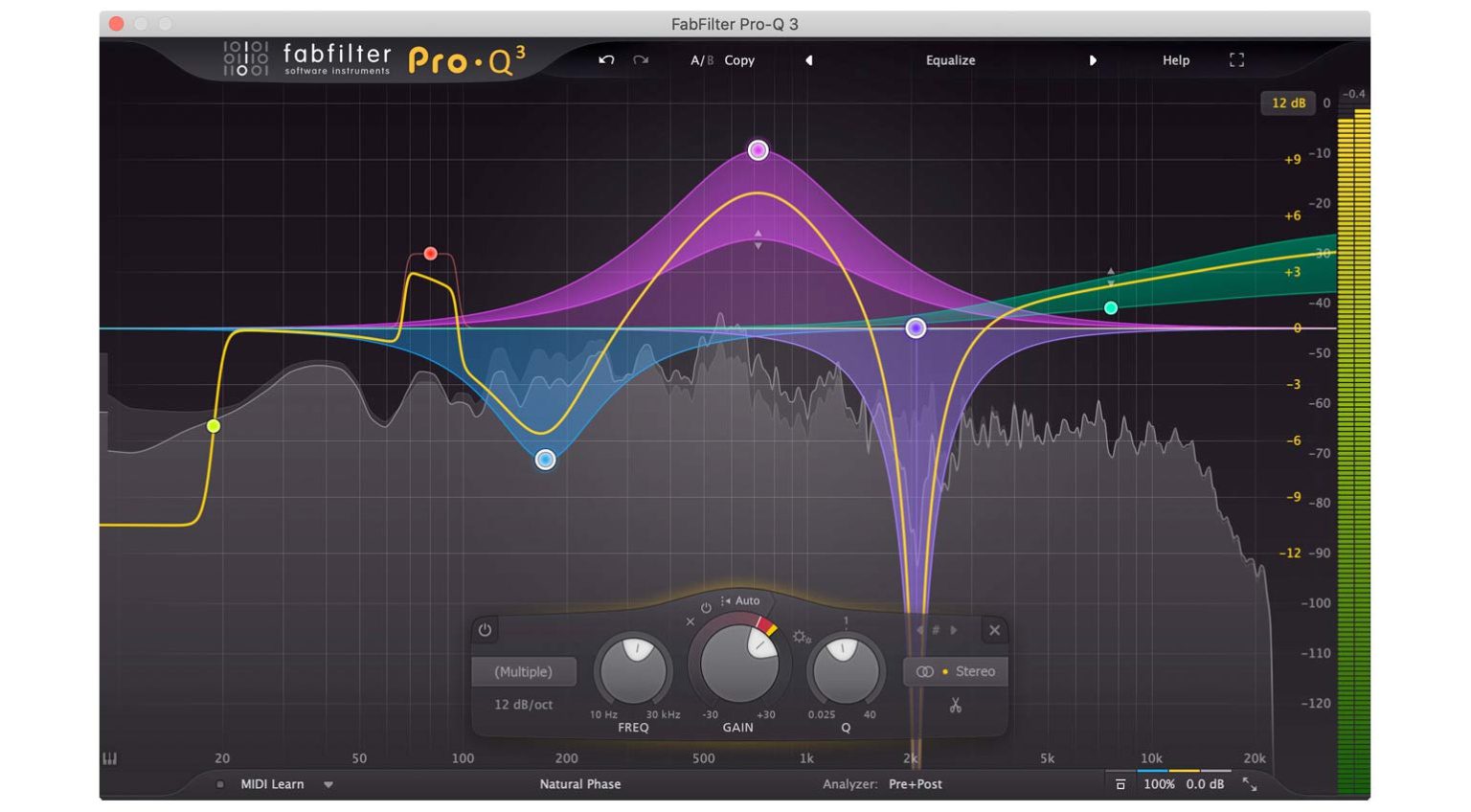




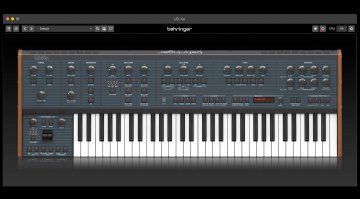

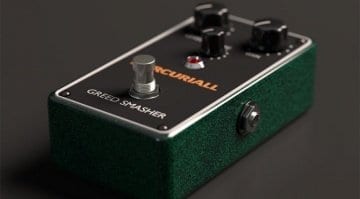

IMHO there is a gap for virtual instruments, like maybe some1 can sample the actual guitar Hendeix played and put it into a vst or, sample the sound of som1 playing a gong underwater, its just that making a vst rquires code and NI is too expensive, come up with a way to make vsts easy and cheap and then the party will kick off. WYSIWYG.
I don’t think it’s so much stagnation.
I think it’s a glut of talented musician / coders making all sorts of plug ins all of the time.
We’re spoilt for choice and have countless options for everything.
This, together with ever present social media and the constant need for new content, make everything seem mundane because we’re so used to it by now.
I love reading about new gear and getting excited about new possibilities (Midi 2.0, I’m talking to you), but sometimes it’s all too much.
I think that environment can breed perceivable stagnation.
Sorry to rant.
Just have fun making noise 😁
Totally agree with you
I love plug-ins, and have probably spent about 4 or 5 grand on them over the last 10 years or so since mostly moving over to VST’s.
The one thing I don’t like about them – even though I do understand why their authors need to protect their IP from piracy – is online acknowledgement and ‘hand-shaking’ to unlock the software. What’s going to happen in, say 20 years time if the authors have long since retired / gone bust / can’t be bothered anymore / headed to that great big studio in the sky? We’ll no longer be able to reactivate our virtual instruments and effects…and these things are hardly only supposed to be used for a year or two; like hardware instruments, we expect them to last.
We are therefore essentially ‘hiring’ such plug-ins without realising it, but only for the duration in which they will be supported – after which time, they are gone forever. Or we’ll be forced to find virus-infected hacked versions of the instruments we once paid for.
Hardware synths, drum machines and effects processors I bought 35 years ago, are mostly still working – and can be repaired or replaced if they fail. Yet I doubt the same can be said for many of the most popular VSTs in 15 years from now, let alone 35.
Hardware is definitely a better investment than software (unless you buy disposable behringer rubbish – quality is the key here), both in the short and longer term. There are cost and practical space constraints with hardware that also tend to limit the amount of spending (ish) and focus the creative mind, whereas plugins are rather crack-like in their instant gratification and lack of longevity.
Even the MS-1 etc. now experienced a noticeable raise in price compared to what they went for initially and after two years ago..
I was interested in a Wing sicne it was unveiled, and recently checked prices again. Guess what… if you can find a used one, 2800 EUR seems to be it.
I won’t comment on that “disposable” part.
“What’s going to happen in, say 20 years time if the authors have long since retired / gone bust / can’t be bothered anymore / headed to that great big studio in the sky? We’ll no longer be able to reactivate our virtual instruments and effects…and these things are hardly only supposed to be used for a year or two; like hardware instruments, we expect them to last.”
I disagree. I started using software instruments around 15 years ago and which of those am I still using? None. Software technology moves on in just the same way that all technology does.
Indeed, recently I rediscovered a previously-unfinished Logic project from about 12 years ago, which I had carelessly not bounced an audio demo for (probably because I thought I would finish it at the time!) and, for a bit of fun, had the compulsion to finish now.
While the Logic project game me the structure, tempo changes, etc, successive versions of Logic, changes of Mac, updated software instruments and my changing uses and preferences for plug-ins meant that none of the original instruments and effects were on my current Mac. All I had to go on was the names of the sounds, which I had handily saved as the region names.
It was actually a really fascinating few days spent recreating it to as close to the original as I could.
Honestly, I think most of us are about as likely to be using the same plug-ins in 20 years time that we’re using now as we are going to be using the same watch / phone / TV, etc.
Some amazing new stuff out there: example Split EQ and Gullfoss. Slate VSX (while many things like it) is an absolute huge game changer.
I still grab a classic emulation now and then if the concensus is that it represents another step up in emulation. but other then that I ignore most of them.
Iteration is also a thing. For instance, if drum superior 4 comes out I will buy it day one. Guitar modeling continues to improves too.
But yes waaaay too much bloat. I see many of these companies disappearing over the next 5 years.
You are currently viewing a placeholder content from Facebook. To access the actual content, click the button below. Please note that doing so will share data with third-party providers.
More InformationYou are currently viewing a placeholder content from Instagram. To access the actual content, click the button below. Please note that doing so will share data with third-party providers.
More InformationYou are currently viewing a placeholder content from X. To access the actual content, click the button below. Please note that doing so will share data with third-party providers.
More Information